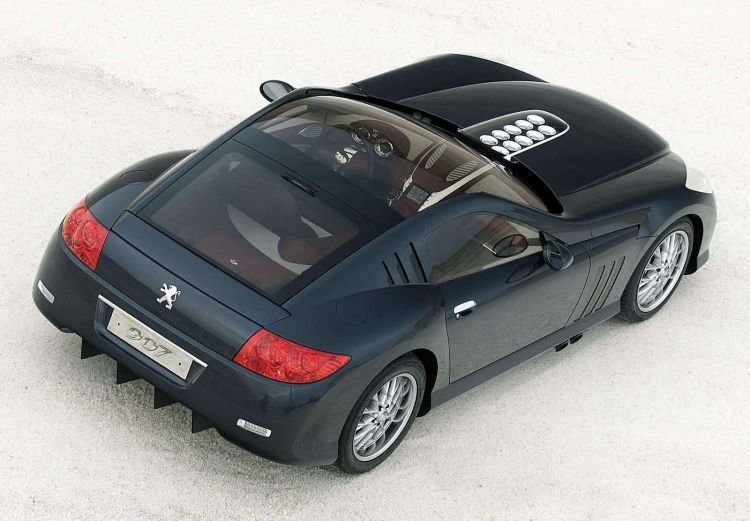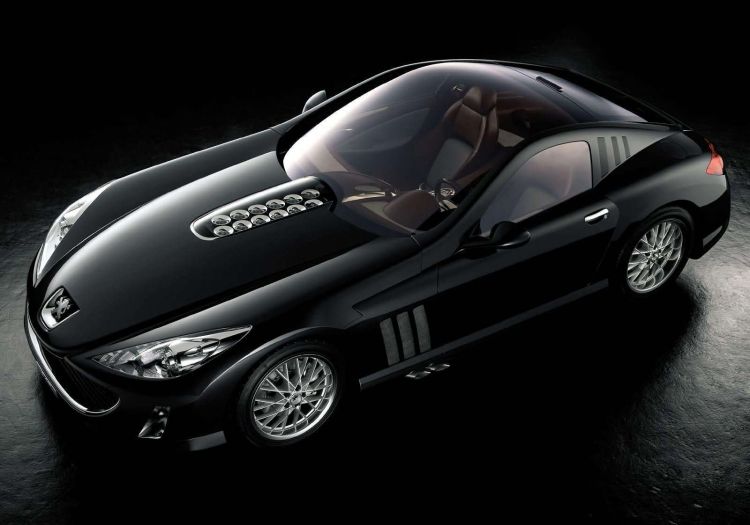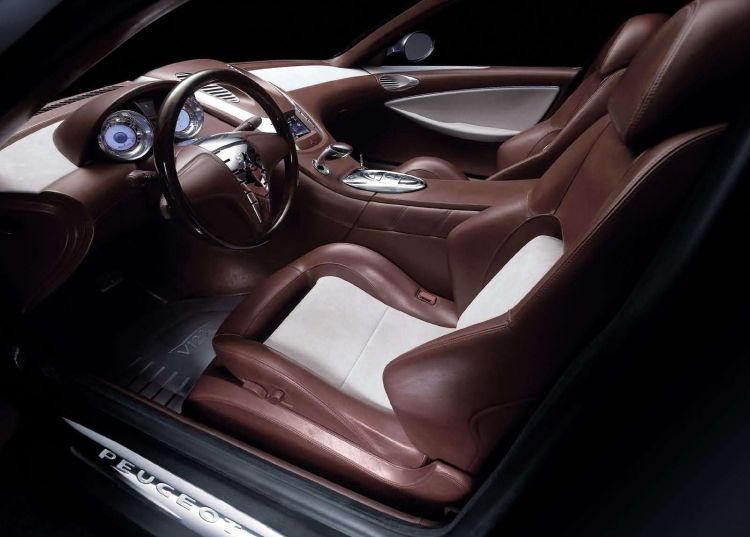It is often said that dreaming is free, but making those dreams come true is never free.. and this could be a perfect summary of the history of the Peugeot 907 Presented in 2004, possibly one of the most important and striking cars developed by Peugeot in its history, and which, if it had reached production, would have openly rivaled legends such as the Ferrari 575M Maranello, the Aston Martin Vanquish or the Bentley Continental GT.
We have to go back to the Paris motor show in 2004 to discover the birth of the Peugeot 907. The French firm wanted to show the public the maximum expression of its new design language, that image that defined all the brand’s models during the 2000s. And to do so, instead of creating a futuristic and technology-laden prototype, he decided to create a super GT that nobody could expect.
The 907 is one of those crazy projects that the industry no longer dares to make, not even as a prototype.
The 907 was almost a gift for the designers of the brand at that time. In essence it was a job where sought to offer the highest definition of luxury and sportinessbut the key was to do it from an emblem that could also be seen in cars like the 206. It was not easy, however, those responsible for the project got down to work and gave birth to a coupe 4.37 meters long and 2.5 meters wide.
Its design stemmed from classic proportions of a front-engined two-seater coupebut in the 907 this concept was taken to the extreme to integrate a huge front hood, a cabin as far back as possible and an aesthetic full of personality in every detail. But if there was one element that completely defined the design of the 907, that was its engine.
Peugeot engineers went to work on a new and unprecedented mechanics in the brand capable of living up to what the 907 intended. And the result could not be better, because Peugeot merged 2 3.0 V6 (ES9) engines to create a naturally aspirated 6.0 V12 capable of developing 500 HP and 620 Nm (ES2 code). This mechanic meant for Peugeot to be able to rub shoulders with the most select of the automobile industry: the 12-cylinder club. And such was their pride that, instead of hiding the engine, they decided to create a hood with a glass cover so that the 12 intake trumpets could be seen. To this was also added the use of side exhausts, just behind the front wheels in the purest Mercedes SLR McLaren style.
A V12-powered coupe capable of rivaling the best of Ferrari, Aston Martin or Bentley, but with a logo that was too heavy
The V12 was connected to a 6-speed sequential gearbox located on the rear axle (transaxle), something also unprecedented for the brand, thus culminating a recipe at the level of the best super GT of the moment. If we stick to the performance data, with just 1,400 kg, the 907 promised a 0-100 km/h time of 3.9 seconds and a top speed of no less than 360 km/h!
But not everything was going to be good in this story, because Peugeot never had any intention of taking the 907 to the streets. After its debut in Paris, the 907 toured half the world from show to show, as it was also a working prototype. Given its success at the public and critical level, It was even speculated about the possibility of carrying out a limited and artisanal production, but the truth is that the Peugeot 907 never managed to receive the green light.. A real pity.



